Congratulations on preparing to purchase your first road bicycle! While you may not be able to afford the likes of Chris Froome or Marianne Vos’ rides, you can identify some affordable and high-performance bicycles well within your budget.
In fact, with the right combination of training and quality bike components, you may even have the potential to replicate Richard Bussell’s sensational performance at the national 10-mile time trial championship on a bicycle that costs less than $1,000.
Want to know how? Well, keep reading!
Finding Entry-Level Road Bikes- 7 Tips And Tricks
Before venturing off to your local bicycle store, you’ll want to consider the seven factors below to help you find the highest quality road bicycle within your budget. After reading this article, you’ll have a much better sense of the type of research you’ll need to do in advance to make an intentional investment in your cycling passion.
Check out all our Road bike Reviews.
1 – Know Your Price Point
Everything on a bicycle, and I mean everything from the bearings in your bottom bracket to the cable housing for your brakes can be customized and upgraded with the finest materials suitable for NASA space technology.
Having the lightest, most futuristic bicycle is well within your grasp, and at the same time, it’s important to keep your feet firmly planted on the ground to avoid breaking the bank. Before you set foot inside your local bike store, ask yourself what you are willing to invest.
While road bicycles can easily run upwards of $20,000, you can find good quality, new bicycles for under $1,000. Once you have a sense of how much you are willing to spend, I would recommend you also remember you are more than likely to need a few essential items to ride safely and maintain your bicycle over time.
Rider accessories may include a helmet, shoes, gloves, shorts, jersey, jacket, and lights. Maintenance accessories may include a spare tube, patch kit, floor pump, chain lube, and multi-tool.
2 – Assess Your Riding Style
To determine the best road bike that compliments your riding style, it’s important to answer a few key questions. Do you need speed and wish to set new personal racing records? Or would you rather ride in style with your local bicycle club at a leisurely clip?
Do you need a dependable bicycle to navigate the elements as you commute to work? Or do you have visions of riding your bicycle around the world with all of your belongings strapped to the frame? Your answers will reveal important insights as to which frame geometry and material best suit your riding style.
While road bicycles may look similar to each other, three types of styles offer subtle and important differences. Competitive racers looking to break personal records are best paired with carbon fiber performance race bikes designed to optimize aerodynamics, offer responsive steering, and are made with the lightest frame materials on the market.
For the non-racing crowd cycling less than 150 miles a week, consider a lightweight aluminum frame or carbon fiber recreational frame. I am saying this because these frames offer a more relaxed and upright steering position.
If you are a commuter and bicycle touring enthusiast like me then drop bar or flat bar steel frames are a better option for you. Since they offer a more upright and relaxed riding position. it makes it easier to look around to observe traffic or nature. Also, you will feel less tired at the end of the day.
3 – Pay Attention to Groupsets
A groupset or “gruppo” is a collection of brake and gear components engineered to work together to improve the mechanical function of the bicycle and overall ride quality. Major bicycle manufacturers purchase groupsets to build into their bicycle frames.
Currently, there are three major groupset brands: Shimano, SRAM, and Campagnolo. The most common groupsets on cheap road bikes are Shimano and SRAM. These companies offer different models depending on your riding style.
For an entry-level road bike on a budget, you must consider Shimano’s Tiagra or 105 models, and SRAM’s Apex or Rival models. These are my favorite groupsets because they simply do not compromise on quality even on affordable road bikes. My first road bike was the Shimano Tiagara. It was the definition of strength and reliability and trust me, I did some extensive road riding adventures on it.
Groupset components include the gear/brake levers, front and rear brakes, front and rear derailleurs, bottom brackets, cranksets, chains, and cassettes. After the actual bicycle frame, a road bike is often defined by the type of groups it “runs.” Just because a groupset is designed for pro-race level competition does not mean that the components are more durable or longer lasting than entry-level models.
Don’t forget to check what kind of brakes your bike has. You will find rim brakes or disc brakes on entry-level bikes. Now, for road cycling, both the kind of brakes are good enough to do the job but if you ask me, I prefer the mechanical disc brakes. This is because they deliver superior stopping power and better fade resistance as compared to rim brakes.
In fact, entry-level models tend to be easier to adjust and can last just as long as higher-end models. Keep in mind that entry-level models do struggle with precision gear shifting, and often add more weight to your bike.
4 – Connect with the Tarmac
Wheels are your connection to the tarmac. As such, it’s important to avoid getting distracted by the fancy colors of your new bike, and instead, carefully examine the stock wheelset outfitted on your new frame. Be sure to consider why this particular wheelset is recommended for your bike.
If you are commuting and carrying more weight, you’re likely to find a wheelset that has more spokes as compared to a performance race bike that has fewer spokes and is made of lighter materials.
Bottom line: Don’t underestimate the importance of the bike’s wheels as they will heavily influence the overall quality of your riding, speed, and handling.
When it comes to the physics of riding, lighter wheels will ride faster due to less rotating mass, which will make your bike move faster and feel more responsive. As you consider your budget, know that you will often replace components like your rear derailleur or a chain due to wear at a reasonable cost.
On the other hand, replacing an entire wheelset for your bicycle will come at a higher cost given that they make up a higher portion of the bike’s overall cost. As an upgrade, mid-range to high-performance wheels can cost thousands alone, so be sure to consider if this is something you plan to do immediately after buying your new road bike (racers and triathletes, I’m looking at you).
5 – Upgrades are Necessary
When I purchase a new bike (which I’m known to do more often than I should), I always upgrade my saddle and pedals. These upgrades are worth the front-end investment because of personal comfort and preferences based on riding style, body size, and aesthetics.
Saddles alone depend on a few important factors including the width of your sit bones, how hard or soft you like your saddle, overall materials such as leather or plastic, and if you want some specialized carve out to be more kind to your more sensitive bits.
Pedals also come with many different options. Some riders prefer toe cages, while others prefer clip-in models. On higher-end road bikes, pedals aren’t included due to assumptions that a road cyclist will already have a pedal system that works with their cycling shoes.
Something to consider if you’re a newer road cyclist is to select pedals that allow you to “clip in” to your bicycle. You’ll be more efficient with each pedal stroke, and have the ability to cover more ground with less effort (who wouldn’t want to do that?). Popular pedal brands to consider for road bikes include Shimano, Look, Time, and Speedplay.
More expensive pedals come with higher-quality bearings, lower resistance, and less weight.
6 – Do Your Research
Now that you know the type of road bike frame that you want and have incorporated all of the necessary upgrades and accessories into your budget, do some online research and consider the bicycle models that best meet your needs.
You can start by checking out Icebike.org’s new tool for comparing bikes and finding the best models that fall within your budget.
As you read through the available literature, definitely consider the comments and reviews from other cyclists. Rider feedback featured in community forums like Road Bike Review.com will assist in informing your opinion.
Take good notes and write down your questions related to the models you are interested in riding. Also consider questions that you may have regarding groupsets, and some of the options at your local bike shop for immediate upgrades.
Tip: While it will cost you some time on the front end, doing your research in advance will save money and time when you visit your local bike shop. By narrowing your search, you’ll be equipped with the basic knowledge to navigate the infinite choices of shimmering bicycles that tend to overwhelm the senses when walking into a bicycle shop.
7 – Relish the Experience
Research in hand, you are now ready to take a trip to your local bicycle store and relish the experience. Ideally, be sure to test ride at least 2 to 3 bike models that align with your riding style. In general, sales representatives want to meet you where you’re at by answering your questions and pairing you up with bicycle models that fall within your budget.
Be sure to ask to test ride each model that appeals to you and spend about 10-15 minutes riding each one. When you’re on the test ride, try to ride up an incline shifting gears as well and find a variety of surfaces to roll over. As you jump on different models over the same terrain, there will inevitably be one model that stands out and makes you feel one with the bike; select this one!
As you continue to test different models, be sure that the sales representative matches you with the correct frame size and the proper seat height before you head out the door. If you’re attached to a particular saddle, ask the sales representative to attach your saddle to the frame to give you a better sense of what the bicycle would feel like if you owned and customized it.
If you encounter a sales representative who fails to accommodate your requests (including sizing you appropriately on each model), politely move on to the next local bicycle store. There are plenty of other businesses that will be eager to provide a positive test ride experience and welcome you into the local cycling community.
FAQs
How Long Does Entry-Level Road Bike Last?
A good entry-level road bike will last around 80467.2 km but it also depends on the condition you keep your road bike. With maintenance and touch-ups, it can even last you more than 50,000 miles.
Should A Beginner Get A Road Bike?
Yes, as a beginner you should consider getting a road bike. They are easier to maintain and simple to ride. A road bike is a fun way to enjoy road cycling. It is the best option to explore the road.
What Type Of Bike Should A Beginner Ride?
A cruiser or a hybrid bike is best suited for a beginner.
What Does Entry-Level Road Bike Mean?
An entry-level road bike is a bike that is specifically designed for riders who are just beginning their bicycling journey. These bikes are usually affordable because they are built using less expensive components.
Conclusion
With the rise of online shopping, you may be tempted to purchase your entry-level road bicycle at a lower price by exercising this option. What you need to consider in this situation is the tradeoff cost of not being immediately connected to a local bicycle store that often includes free tune-ups for the first year, along with other added incentives to keep you plugged into your local cycling community.
I bought a used bike online and I was promised a carbon fork. Well, the bike did come with the said fork but it hurts me to even write about the condition of it. If you have other tips or encouraging advice for new road cyclists in pursuit of their first road bike, please share in the comments below!
Also Read
- Top 10 Best Cyclists Ever – World Renown Legends
- Best Mountain Bikes Under $500
- Best Road Bikes Under $500- 9 Options To Choose From
Should you have any questions or require further clarification on the topic, please feel free to connect with our expert author Rhodes Perry by leaving a comment below. We value your engagement and are here to assist you.


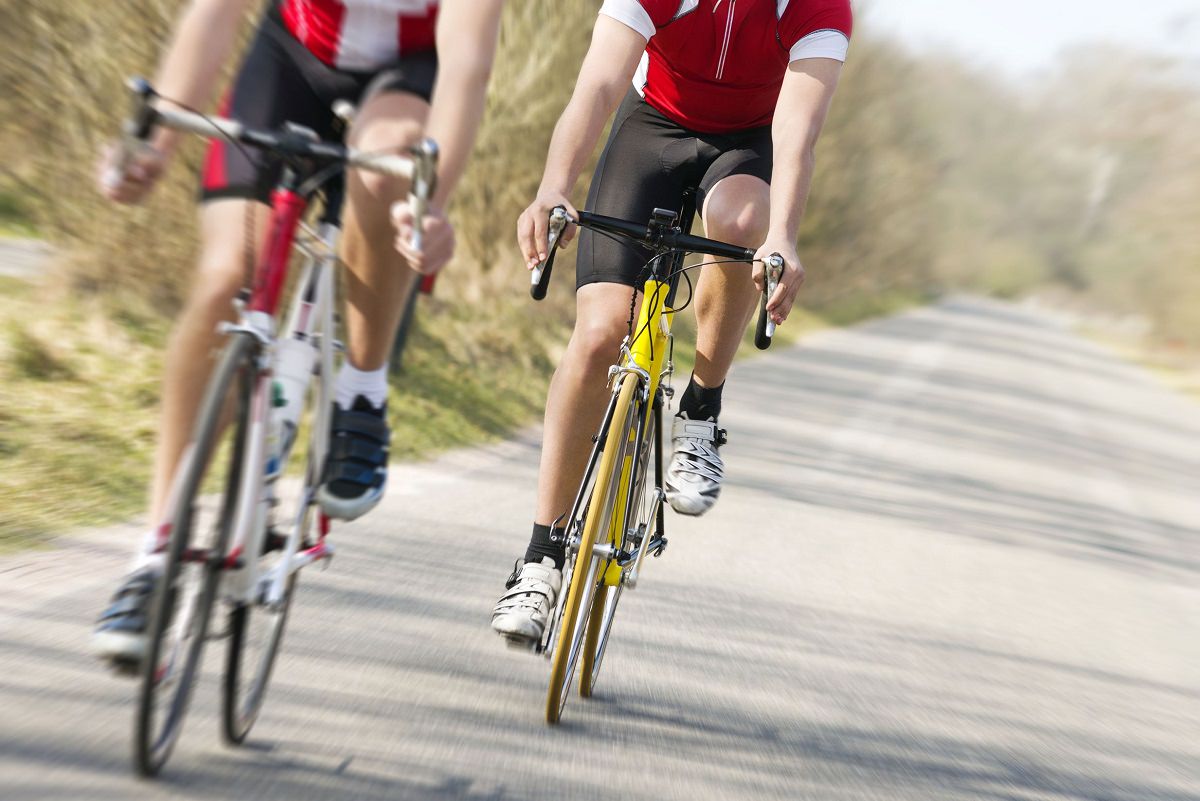
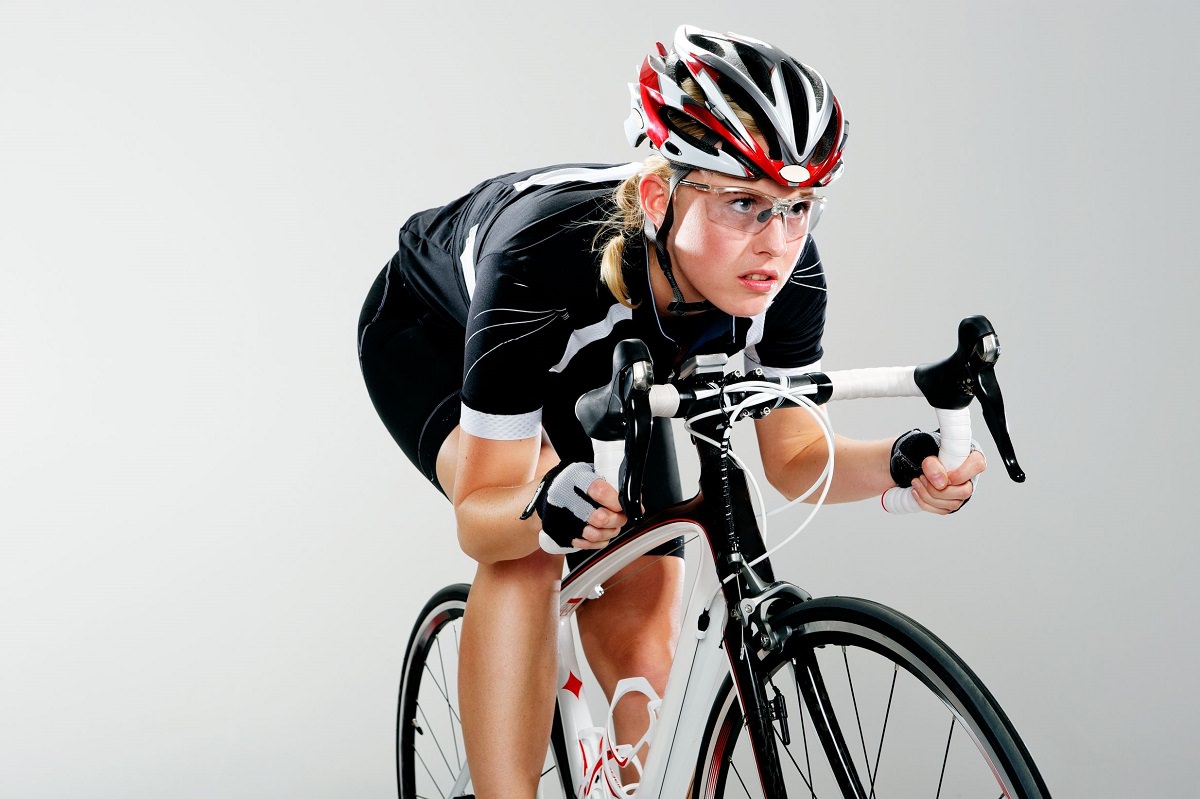
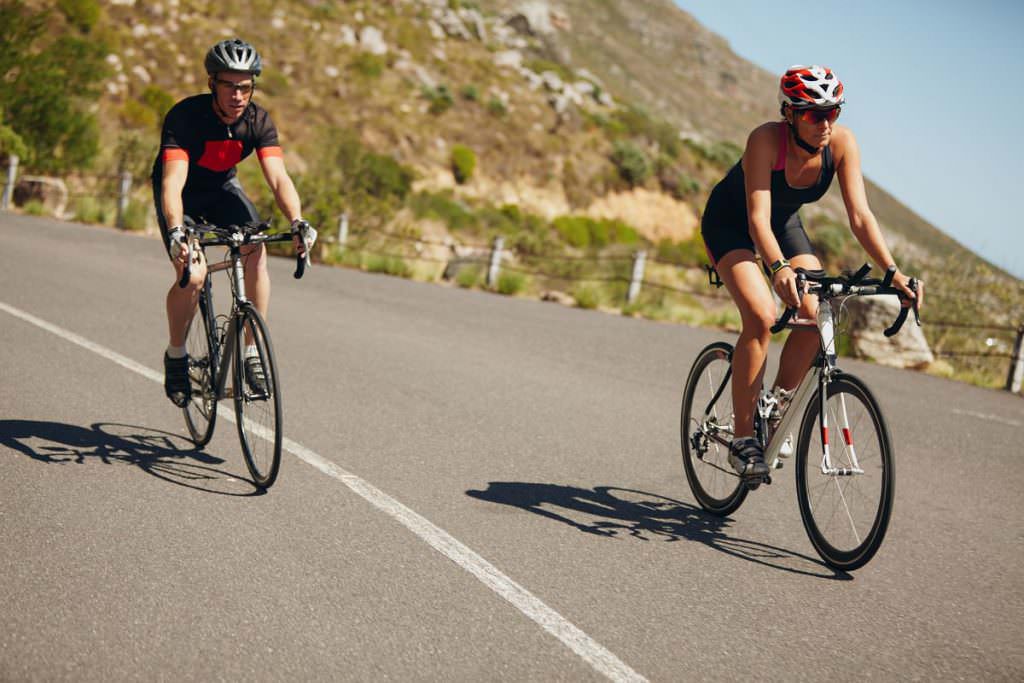
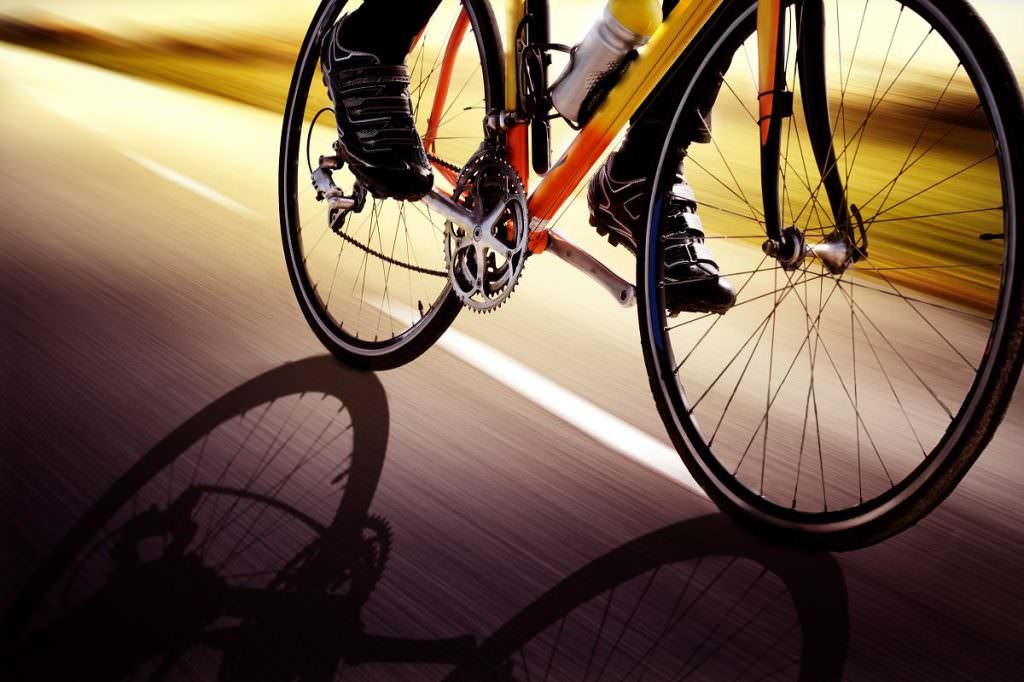
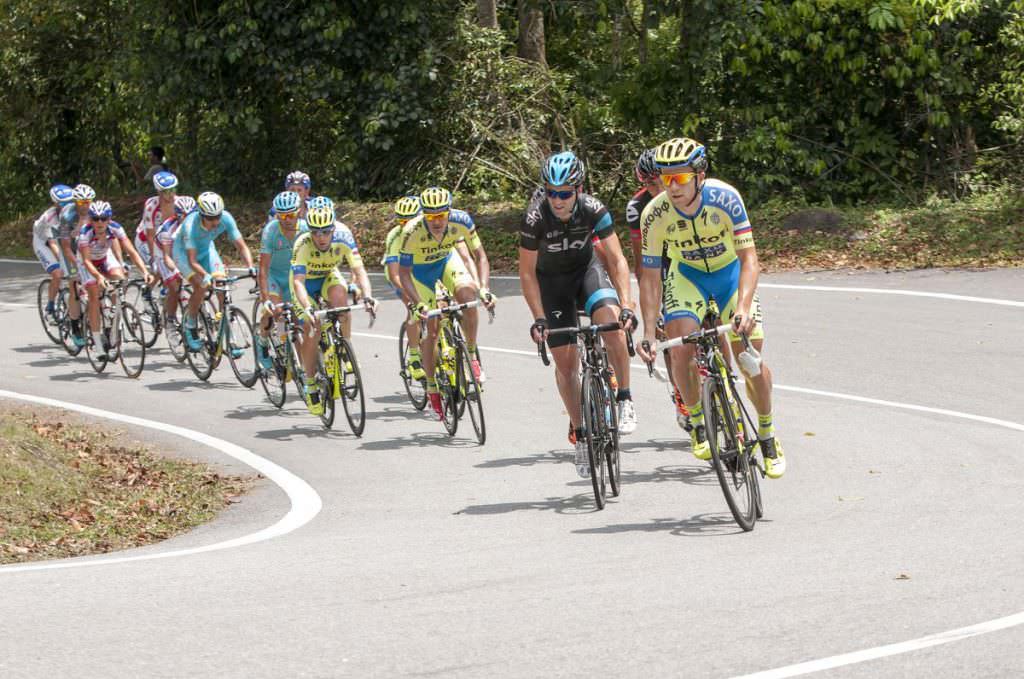
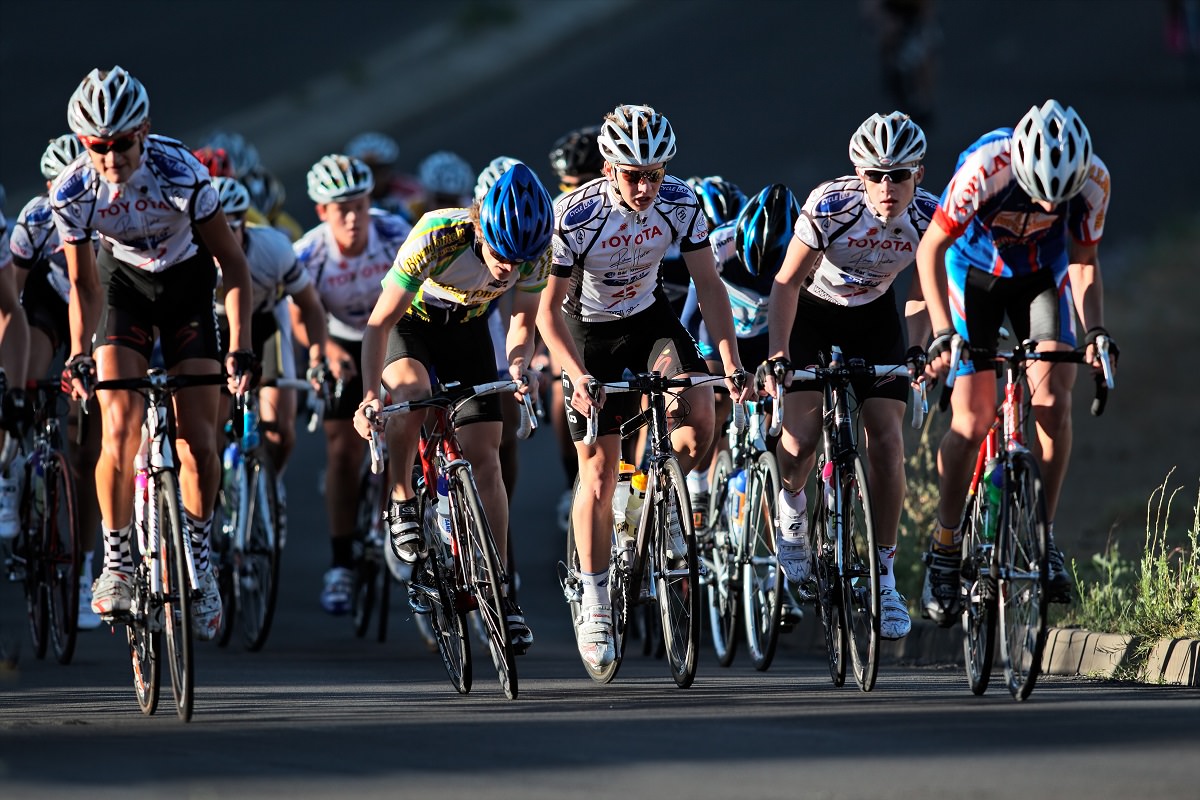
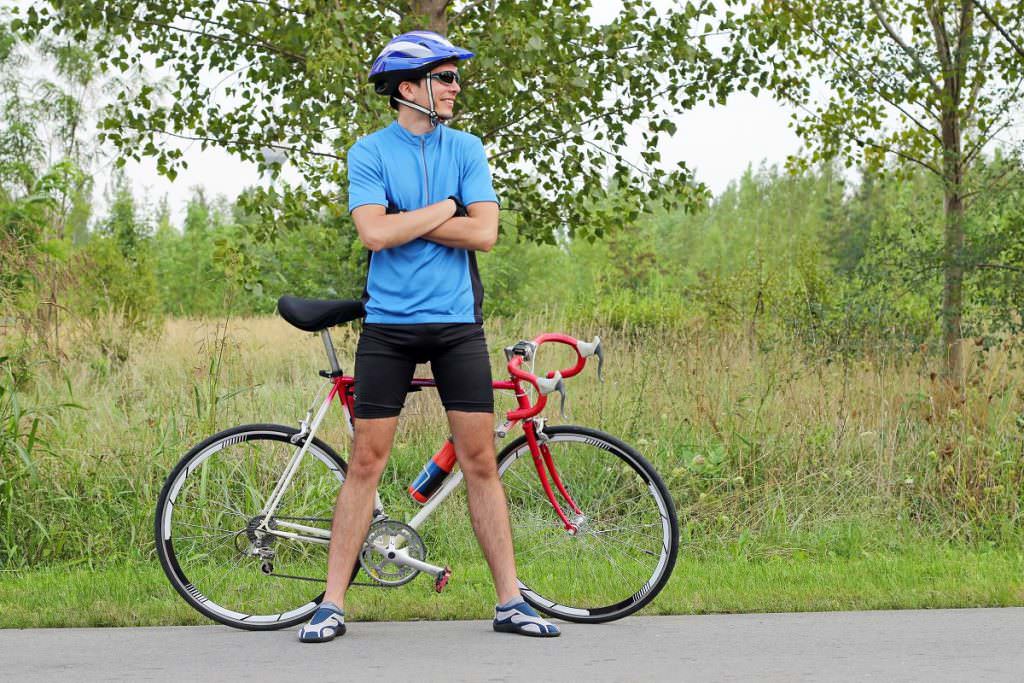
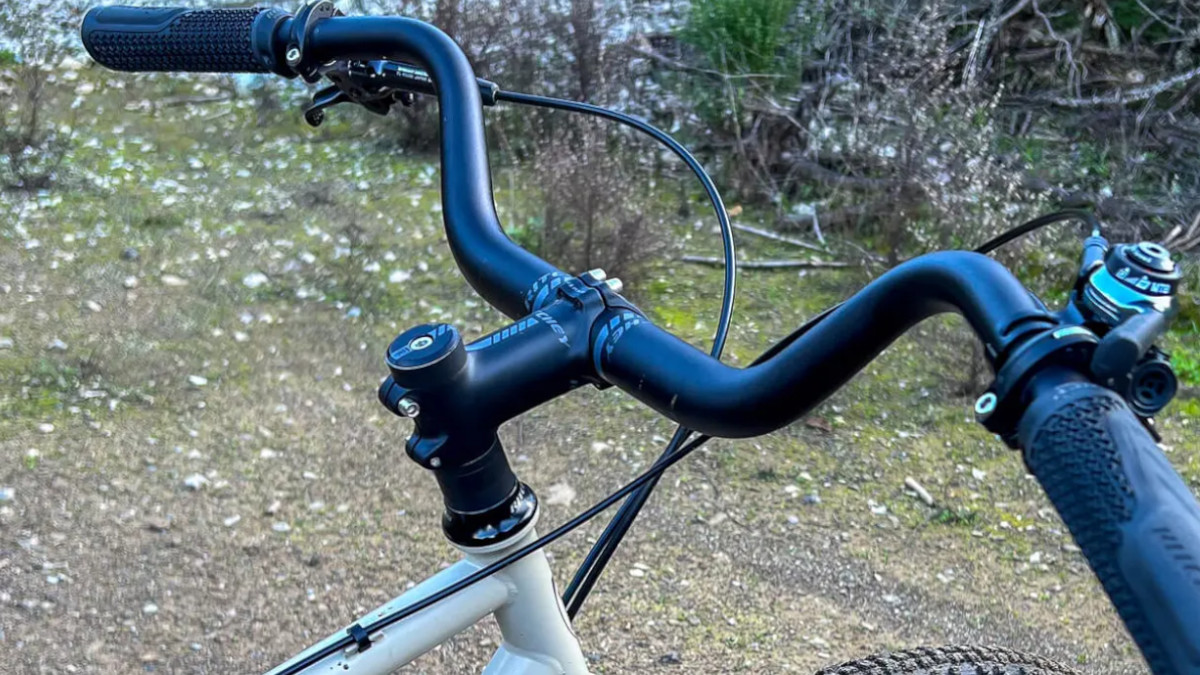
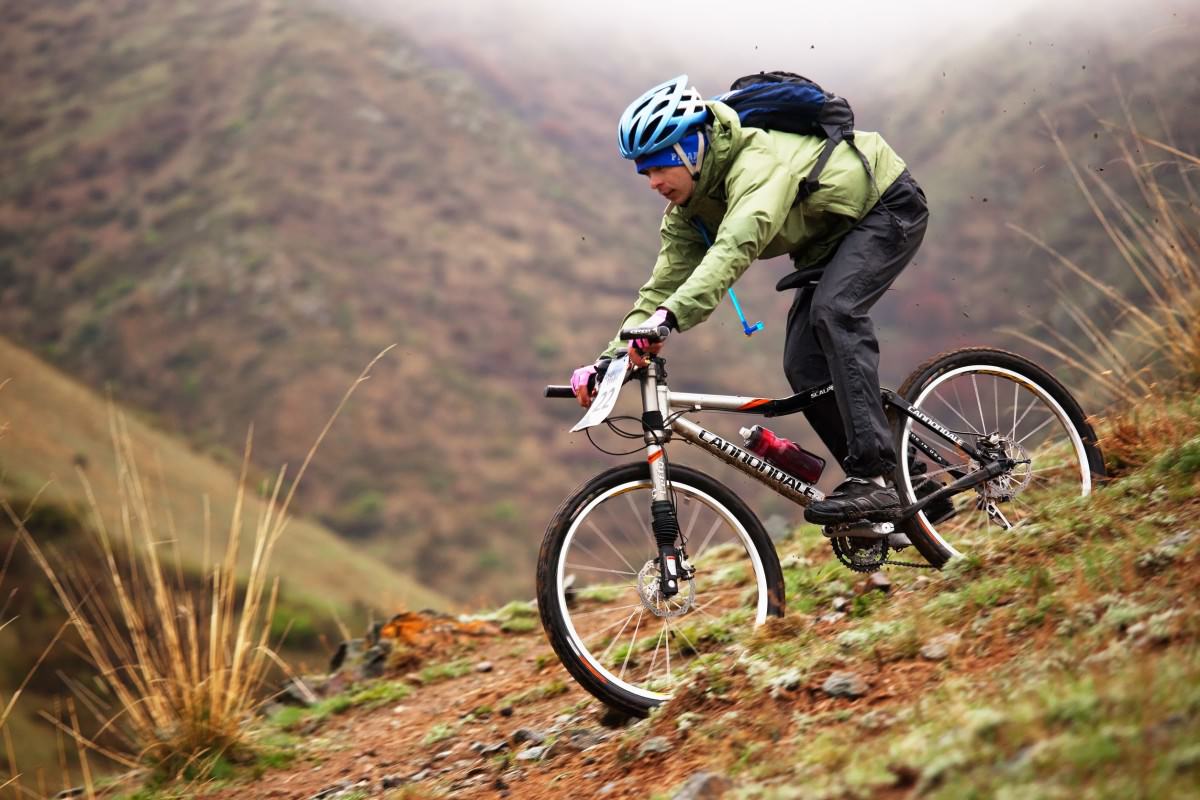
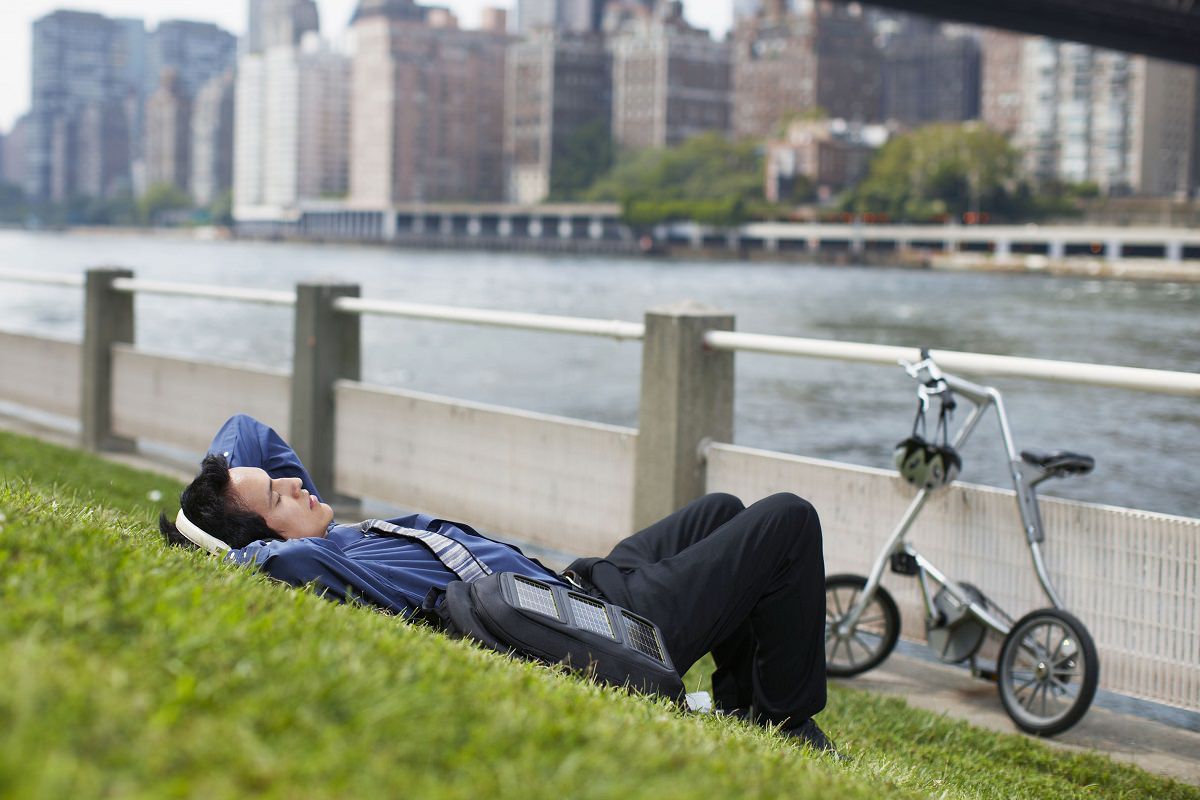
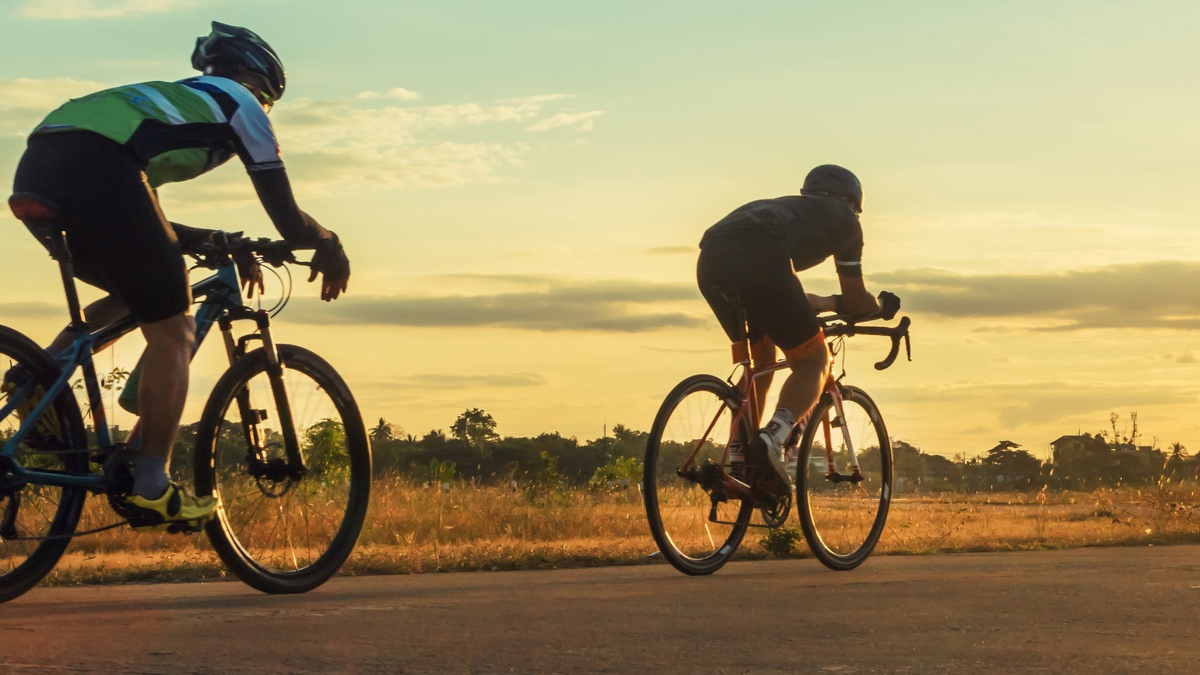
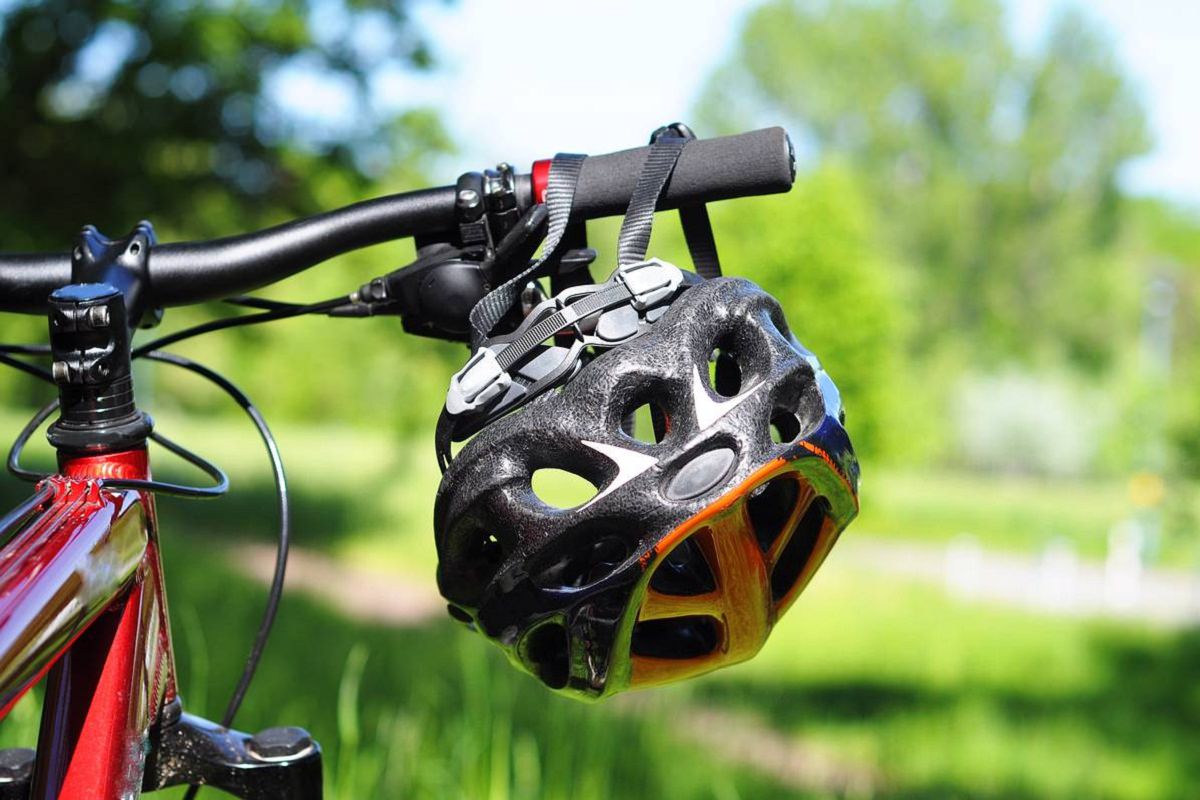
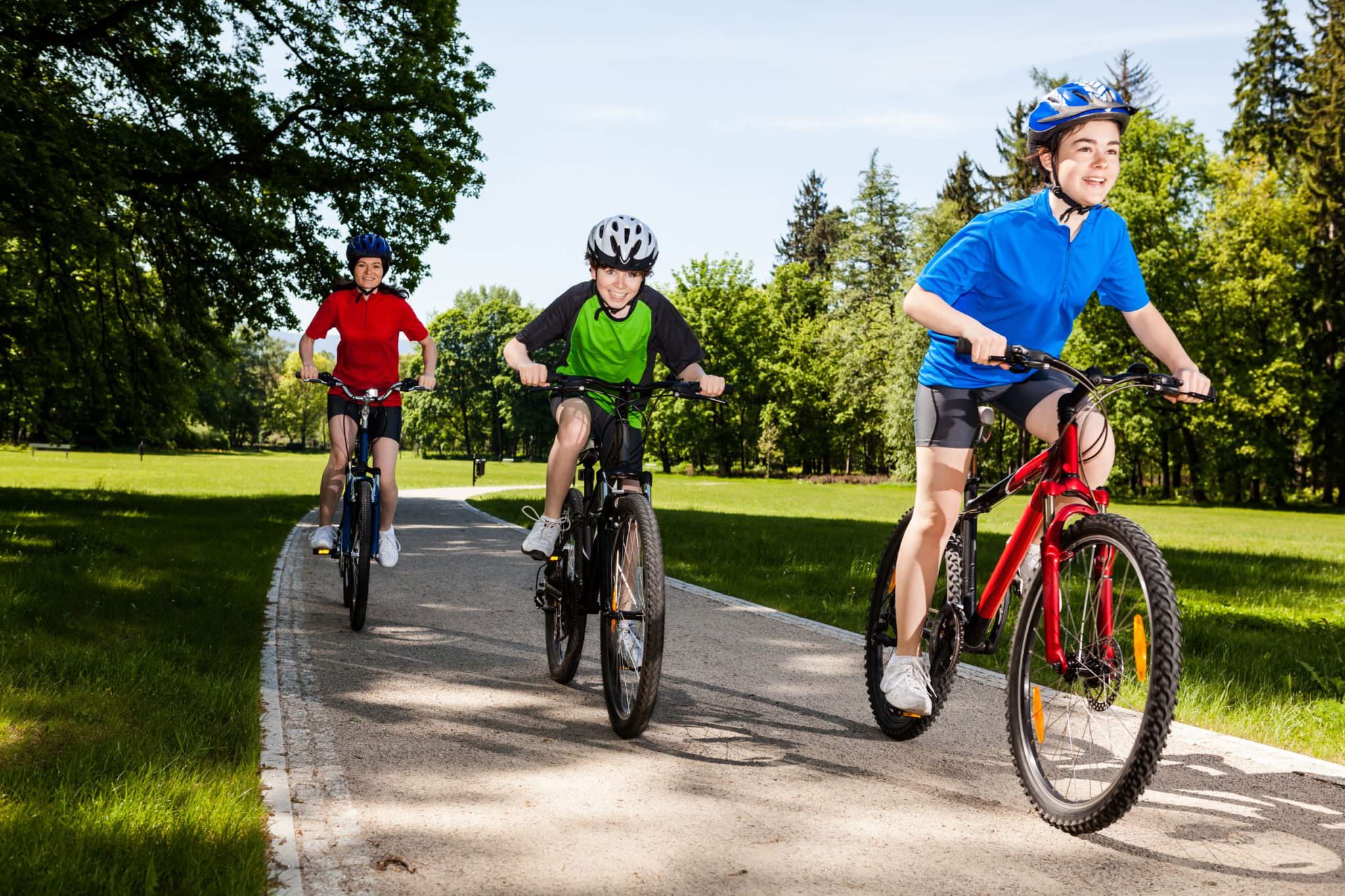
1 thought on “How to Find the Best Entry Level Road Bike On a Budget”
It’s really a conclusive guideline to choose the Best Entry Level Road Bike On a Budget! I just astonished to read as its well- researched and precise! Thanks for your effort to provide this informative article.